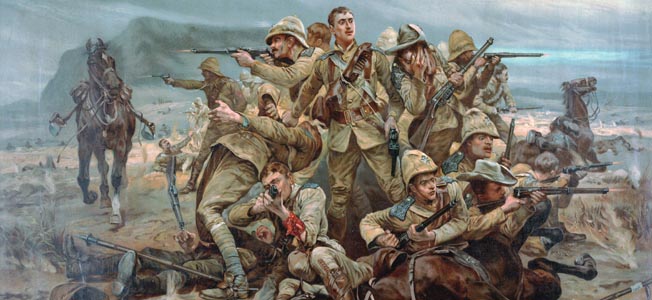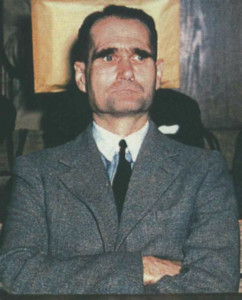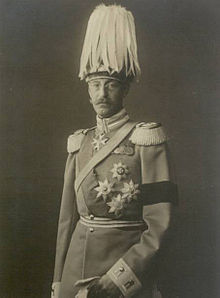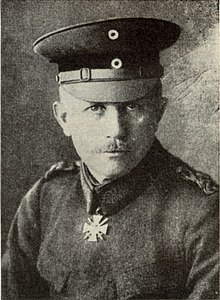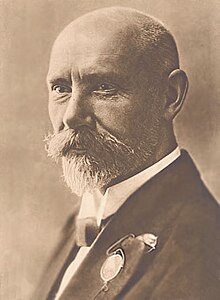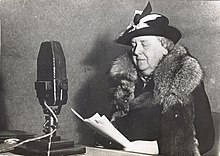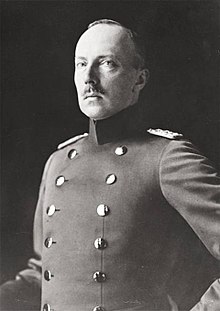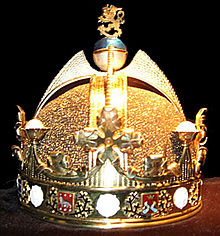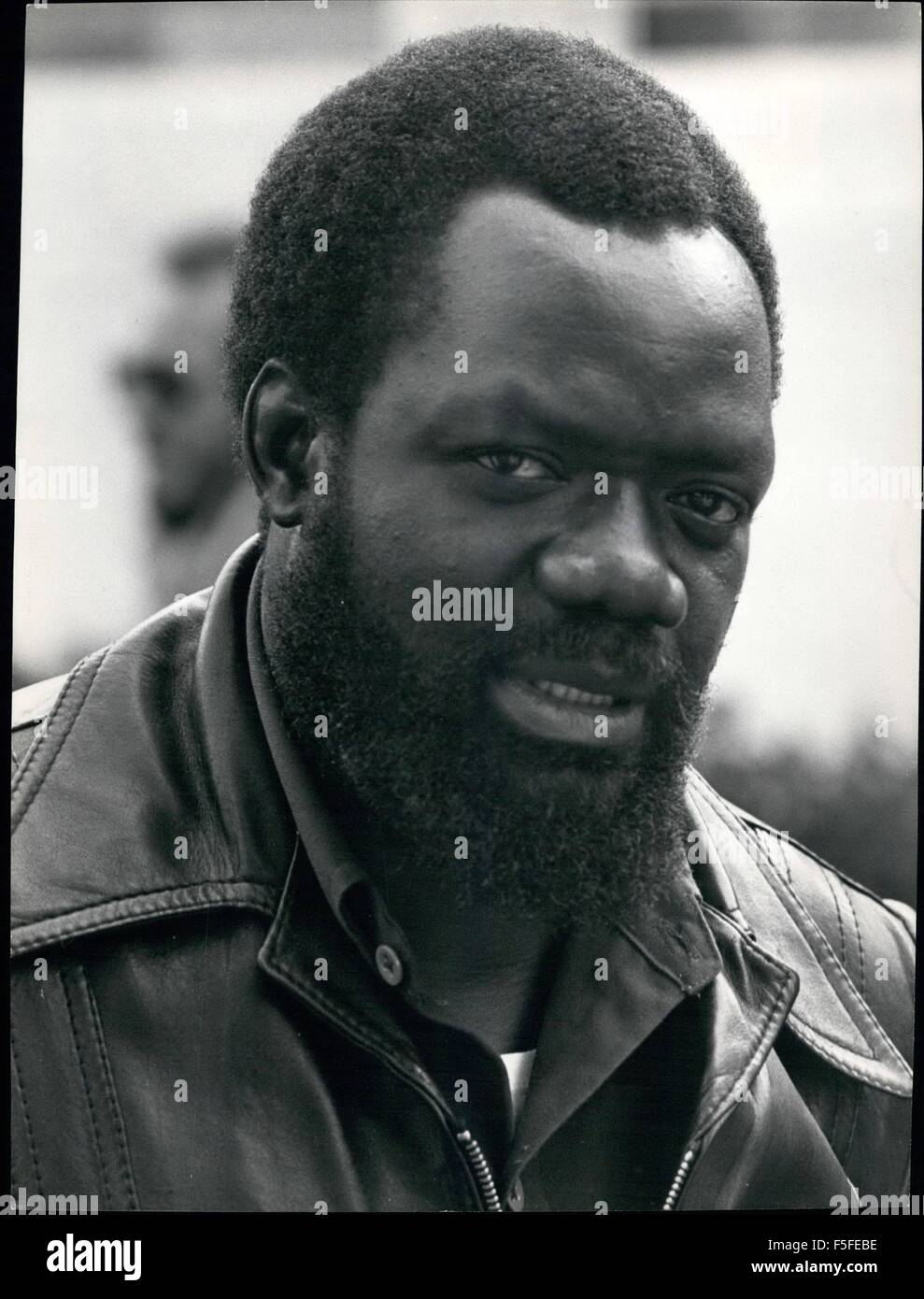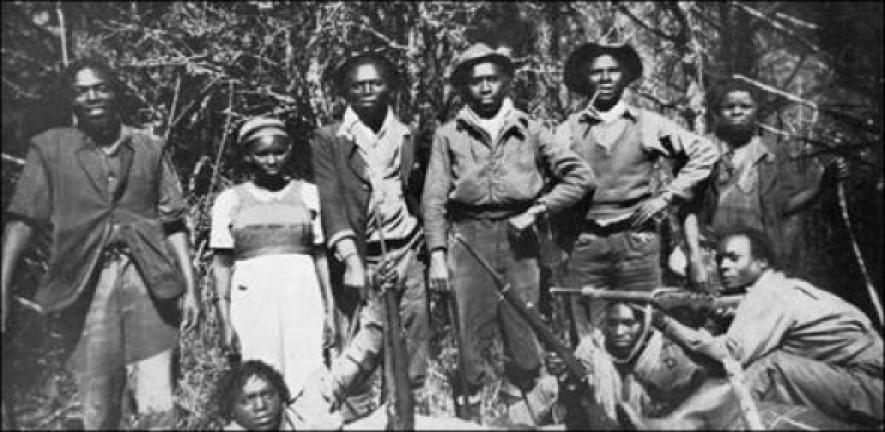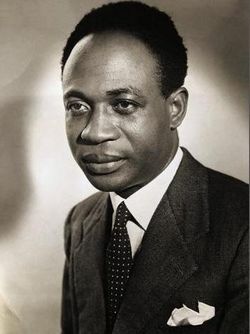
Flag of the Chetniks, which was a Serbian nationalist and royalist para-military group that was active in Austro-Hungarian-occupied Serbia during the Second Great War. The Chetniks were established by Dragoljub "Draža" Mihailović, a veteran of the Serbian Army during the First Great War and a general in the Serbian Territorial Army, the para-military force and de-facto army of Austro-Hungarian-occupied Serbia. During the war, the Chetniks fought against the Austro-Hungarians alongside other Serbian rebel groups. Out of all of the Serbian rebel groups, which including republicans, communists, socialists, nationalists and royalists, the Chetniks stood out as the most terroristic and brutal. During the war, the Chetniks committed a number of atrocities against Bosnian Muslims and Bosnian Croats in Bosnia, as the Chetniks hoped to established a "Greater Serbia" after a fall of the Austro-Hungarian Empire. These atrocities included the killing of civilians, burning of villages, assassinations and destruction of property, thus exacerbating existing ethnic tensions between Croats and Serbs in the Austro-Hungarian Empire. During the war, the Chetniks received token support from the Russian Empire, the Kingdom of France and the United Kingdom. After the war, the Chetniks were disbanded and banned by the Austro-Hungarian and Serbian authorities. By 1945, the Chetnik insurgents had been completely decimated.

Dragoljub "Draža" Mihailović, leader of the Chetniks. On June 17, 1944, "Uncle Draza" was killed in a violent fire-fight against Austrian, Hungarian, Croatian and loyalist Serbian soldiers outside of the city of Kragujevac. His dead boy, which was full of bullet holes, was then dumped in an unmarked grave in the surrounding countryside.
Milan Stojadinović, first Prime Minister of the Kingdom of Serbia, a constituent kingdom of the Danubian Empire, a successor state to the Austro-Hungarian Empire established on June 14, 1950.
Vladimir "Vladko" Maček, first Prime Minister of the Kingdom of Croatia, a constituent kingdom of the Danubian Empire.

Ante Pavelić, leader of the Ustaše, a Croatian actionist and ultra-nationalist terrorist organization and para-military group active during the inter-war period and the Second Great War. The party was founded in 1932 by Pavelić, a former member of the Croatian Party of Rights who was exiled from Austria-Hungary for publically espousing violent views against the Austro-Hungarian Empire and the Hapsburg monarchy, along with other emigrant Croats and former members of the Croatian Party of Rights in Montpellier, Kingdom of France. The Ustaše was highly nationalistic and supported the establishment of an independent "Greater Croatia" free of ethnic Serbs, Germans, Hungarians, Jews and Roma, but tolerant of Bosniaks. During the inter-war period, the Ustaše was unofficially supported with funds by both the Kingdom of France and the Russian Empire. During the Second Great War, the French-based Ustaše failed to gain any mainstream support within the Croatian lands of the Austro-Hungarian Empire, as most Croats were loyal to the Emperor and fearful of the Serbian Chetniks. After the surrender of France to Germany, Pavelić fled on a private plane to Zurich, Switzerland, afterwhich he fled to Cartagena, Spain. On August 17, 1944, while landing outside of Cartagena, his plane crashed, killing all men on board. The remants of the bodies of the dead were then cremated and dumped into the Mediterranean Sea by Falangist Spanish authorities. Soon afterwards, the party disbanded and was banned in the Austro-Hungarian Empire.

Serbian Chetniks, alongside other royalist and republican rebels, march with captured Austro-Hungarian soldiers through Užice, autumn 1942.
Serbian chetniks with a captured Austrian officer, 1943.
Members of the Slovene Blue Guard, a small Slovenian rebel group that fought against the Austro-Hungarian Empire, 1943. By the end of the war, the Blue Guard was almost completely decimated, with almost all its members executed or in custody.
Flag of the Danubian Empire, adopted on June 14, 1950.



